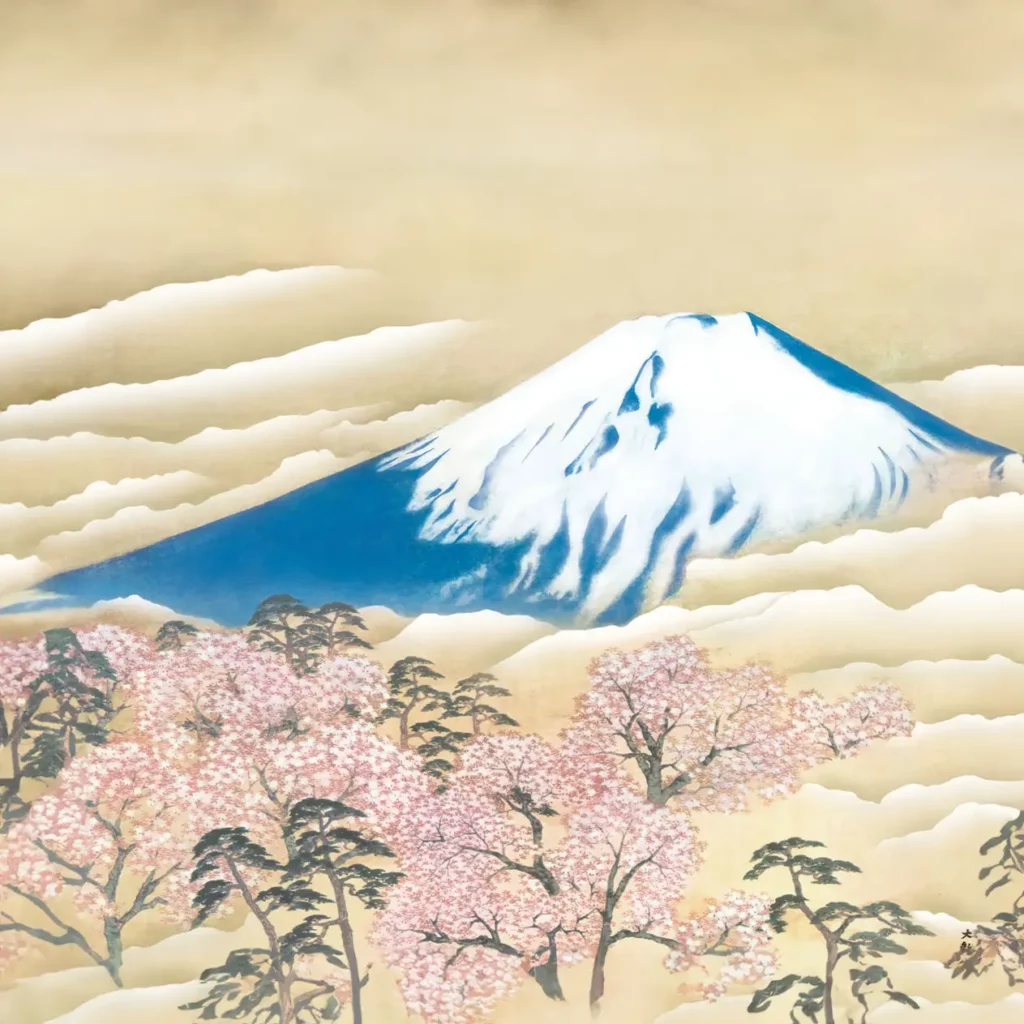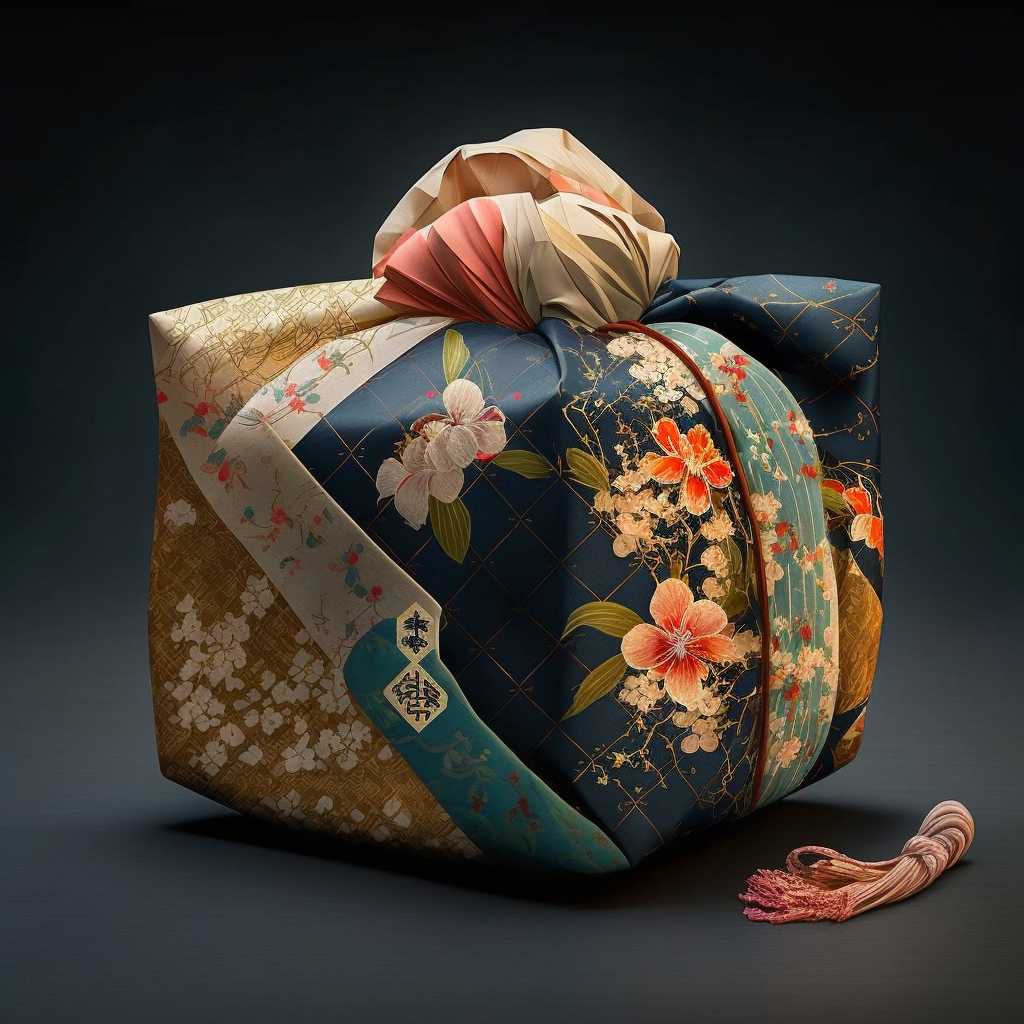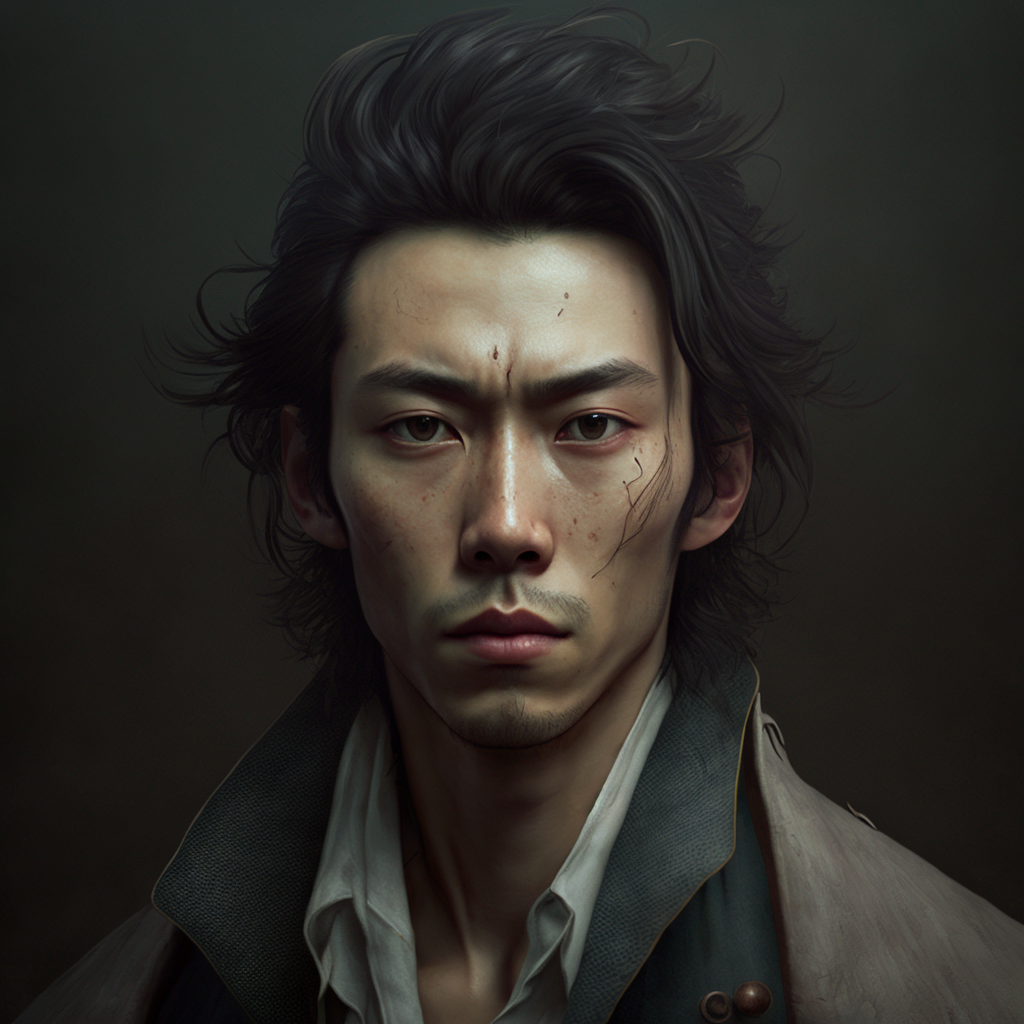Yokoyama Taikan, undisputed master of Japanese painting, left an indelible mark on the art world. This article will immerse you in the life and work of this famous artist, highlighting his unique style, his influence on Japanese art, and his lasting legacy. Discover the captivating world of Yokoyama Taikan and appreciate the timeless beauty of his paintings.
Biography:
Born in 1868 in Mito, Yokoyama Taikan showed exceptional artistic talent very early on. In 1889, Yokoyama Taikan enrolled in the first promotion of the Tōkyō Bijutsu Gakkō, Tokyo art school founded by Okakura Kakuzō (alias Okakura Tenshin). He studied with Hashimoto Gahō, artist of the Kanō school. Among his classmates were Hishida Shunsō, Shimomura Kanzan, and Saigō Kogetsu, who would also become renowned artists.
After graduating, Yokoyama taught for a year at the Kyōto Shiritsu Bijutsu Kōgei Gakkō in Kyoto, where he focused on Buddhist painting. It was at this time that he adopted the art name “Taikan”. He returned to Tokyo in 1896 as an assistant professor at the Tokyo Bijutsu Gakkō. However, he resigned a year later when his mentor, Okakura Kakuzō (Okakura Tenshin), left office for political reasons and founded the Japan Academy of Fine Arts (Nihon Bijutsuin).
Art style:
Yokoyama Taikan’s artistic style was marked by his bold use of space and color. He mastered the art of creating harmonious compositions using intentional voids, creating a sense of serenity and balance. His loose, expressive brushstrokes added depth and movement to his works, bringing his impressive landscapes to life. Taikan was also renowned for his color layering techniques, creating subtle and mesmerizing light effects.
Influence and legacy:
Yokoyama Taikan played a major role in the evolution of modern Japanese painting. His innovative style opened up new artistic perspectives and inspired many contemporary and future artists. Taikan was also a strong advocate for preserving Japanese artistic traditions, while introducing elements of modernity into his work. His influence has spread far beyond the borders of Japan, and his works have been exhibited and admired around the world.
Notable works:
Among Yokoyama Taikan’s most famous works is “Spring Dawn on the Sacred Peaks of Chichibu.” (1928), an ink and color depiction on silk. This iconic painting has come to symbolize of the artistic mastery of Taikan. Other notable works include “Eight famous sights along the Xiao River and the Xiang River” (瀟湘八景, 1912) and Cherry Blossoms at Night (夜桜, 1929). Each of his paintings exudes a powerful artistic expression and testifies to his deep understanding of nature.
Yokoyama Taikan remains an essential figure in Japanese painting. His unique and innovative style, his technical mastery and his artistic vision marked the history of art. His legacy lives on through his timeless works and continues to inspire future generations of artists. Immerse yourself in the captivating world of Yokoyama Taikan and let yourself be transported by the beauty of his paintings, an eternal testimony to his artistic genius.
some of the sources used:
- “Taikan Yokoyama: The Lyrical Landscape Painter” – The Japan Times
- “Yokoyama Taikan: Modern Landscapes” – National Museum of Modern Art, Tokyo
- “Yokoyama Taikan: Japanese Painter” – Britannica
- “Yokoyama Taikan: The Master of Japanese Painting” – Kyoto National Museum
- “Yokoyama Taikan: A Retrospective” – Tokyo Metropolitan Art Museum



